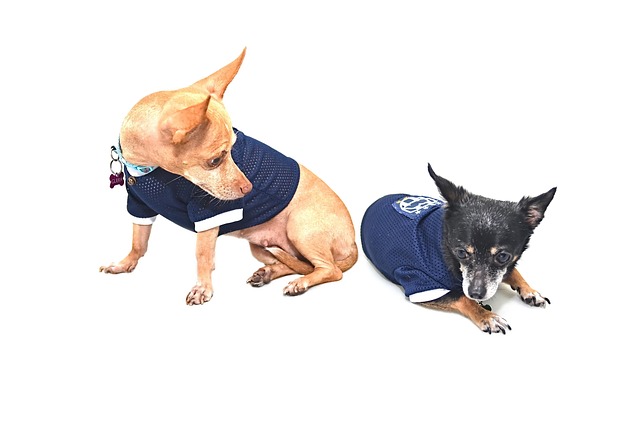
How can I tell if my dog's heatstroke is serious
Let’s be real: It’s a sticky August morning in Los Angeles, and you took your 2-year-old Golden Retriever, Max, for a walk a little later than usual
Dogs, like humans, have sensitive digestive systems that need time to adapt to changes in their diet. When switching to new food, most pups start showing signs of comfort within 7 to 10 days, but this timeline can stretch to 2 weeks for more cautious eaters or those with finicky stomachs. It’s not just about taste—their bodies need to adjust to new proteins, fibers, and nutrients, which is why rushing the process often leads to loose stools or decreased appetite.
A gradual transition is key here. Vets across Europe and North America recommend mixing a small amount of the new food with the old one, increasing the ratio over 5 to 7 days. For example, start with 25% new food and 75% old on day one, then 50-50 by day three, until you’re serving 100% new by the end of the week. This method aligns with guidelines from organizations like the American Kennel Club, which emphasizes reducing digestive stress to keep dogs healthy.
 Keep an eye on subtle cues. Some dogs might sniff the new food hesitantly at first, while others dive right in—both are normal. What’s not normal is persistent vomiting, diarrhea lasting more than 48 hours, or refusal to eat for over a day. If you notice these, contact your vet immediately. In many European countries, like Germany, it’s even required by law to seek veterinary care if a pet shows prolonged signs of distress, so staying alert isn’t just kind—it’s often a legal responsibility.
Keep an eye on subtle cues. Some dogs might sniff the new food hesitantly at first, while others dive right in—both are normal. What’s not normal is persistent vomiting, diarrhea lasting more than 48 hours, or refusal to eat for over a day. If you notice these, contact your vet immediately. In many European countries, like Germany, it’s even required by law to seek veterinary care if a pet shows prolonged signs of distress, so staying alert isn’t just kind—it’s often a legal responsibility.
Breed and age play a role too. Smaller breeds with faster metabolisms might adapt quicker, while large breeds or seniors may need extra time. Puppies, still developing their digestive systems, should have transitions supervised closely, as sudden changes can disrupt their growth. Similarly, dogs with allergies, common in breeds like Labradors or French Bulldogs, need slow switches to identify any adverse reactions early.
Don’t forget environmental factors. Moving to a new home, a change in routine, or even a new family member can make a dog more sensitive to food changes. If your pup is already stressed, wait until they’ve settled before switching their diet. This is especially true in places like the UK, where animal welfare laws stress that a pet’s mental well-being is as important as their physical health.
Patience pays off. Rushing to switch food because your dog “doesn’t seem to like it” can do more harm than good. Instead, stick to the gradual plan, offer meals at consistent times, and avoid giving too many treats that might interfere with their appetite for the new food. Over time, most dogs will adjust, and you’ll find a diet that keeps them energetic and healthy.
In the end, every dog is unique. While 7 to 14 days is the average, trust your instincts and your pet’s behavior. By following these steps, you’ll not only help them adapt smoothly but also stay compliant with local laws and best practices—ensuring many happy, healthy years together.

Let’s be real: It’s a sticky August morning in Los Angeles, and you took your 2-year-old Golden Retriever, Max, for a walk a little later than usual

You're enjoying a summer afternoon at the park when you notice your dog has stopped panting and appears disoriented - their gums are bright red

Let’s paint the picture: You’re in your Denver apartment, watching your 4-year-old Boston Terrier, Ruby, plop down mid-play session with her favorite toy

Many dog owners notice their pets nails seem shorter after regular walks,but how much does this daily activity actually help?The answer depends on where you walk—concrete sidewalks or asphalt streets gently file nails as a dog's paws hit the ground

Most dog owners notice their pup scooting across the carpet at some point, but few connect it to impacted anal glands. These small sacs near a dog’s rectum secrete a scent for marking territory

Most vets agree that regular dog teeth cleaning is key to avoiding painful dental issues later. For healthy adult dogs, a professional cleaning at the vet’s office every 12 to 18 months usually works well.